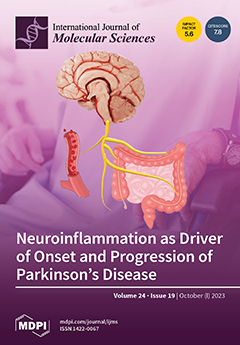Graphitic carbon nitride (g-C
3N
4), a metal-free polymer semiconductor, has been recognized as an attractive photocatalytic material for environmental remediation because of its low band gap, high thermal and photostability, chemical inertness, non-toxicity, low cost, biocompatibility, and optical and electrical
[...] Read more.
Graphitic carbon nitride (g-C
3N
4), a metal-free polymer semiconductor, has been recognized as an attractive photocatalytic material for environmental remediation because of its low band gap, high thermal and photostability, chemical inertness, non-toxicity, low cost, biocompatibility, and optical and electrical efficiency. However, g-C
3N
4 has been reported to suffer from many difficulties in photocatalytic applications, such as a low specific surface area, inadequate visible-light utilization, and a high charge recombination rate. To overcome these difficulties, the formation of g-C
3N
4 heterojunctions by coupling with metal oxides has triggered tremendous interest in recent years. In this regard, zinc oxide (ZnO) is being largely explored as a self-driven semiconductor photocatalyst to form heterojunctions with g-C
3N
4, as ZnO possesses unique and fascinating properties, including high quantum efficiency, high electron mobility, cost-effectiveness, environmental friendliness, and a simple synthetic procedure. The synergistic effect of its properties, such as adsorption and photogenerated charge separation, was found to enhance the photocatalytic activity of heterojunctions. Hence, this review aims to compile the strategies for fabricating g-C
3N
4/ZnO-based Z-scheme and S-scheme heterojunction photocatalytic systems with enhanced performance and overall stability for the photodegradation of organic pollutants. Furthermore, with reference to the reported system, the photocatalytic mechanism of g-C
3N
4/ZnO-based heterojunction photocatalysts and their charge-transfer pathways on the interface surface are highlighted.
Full article






